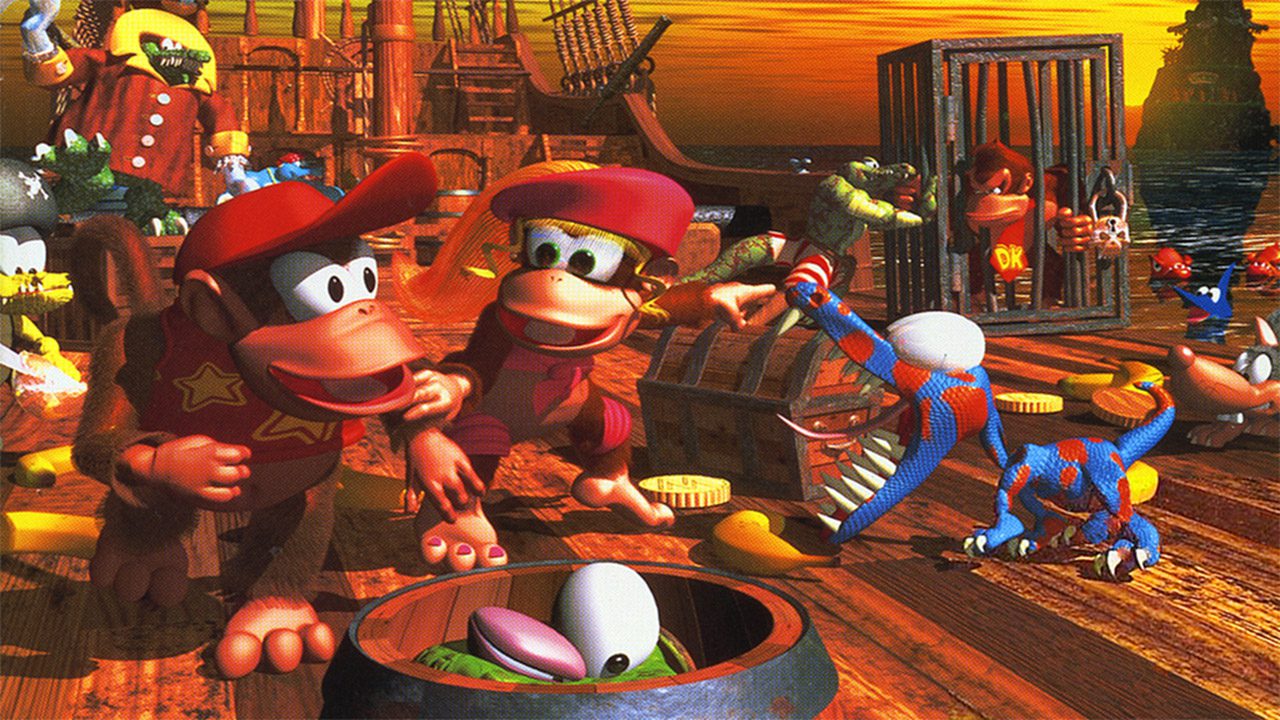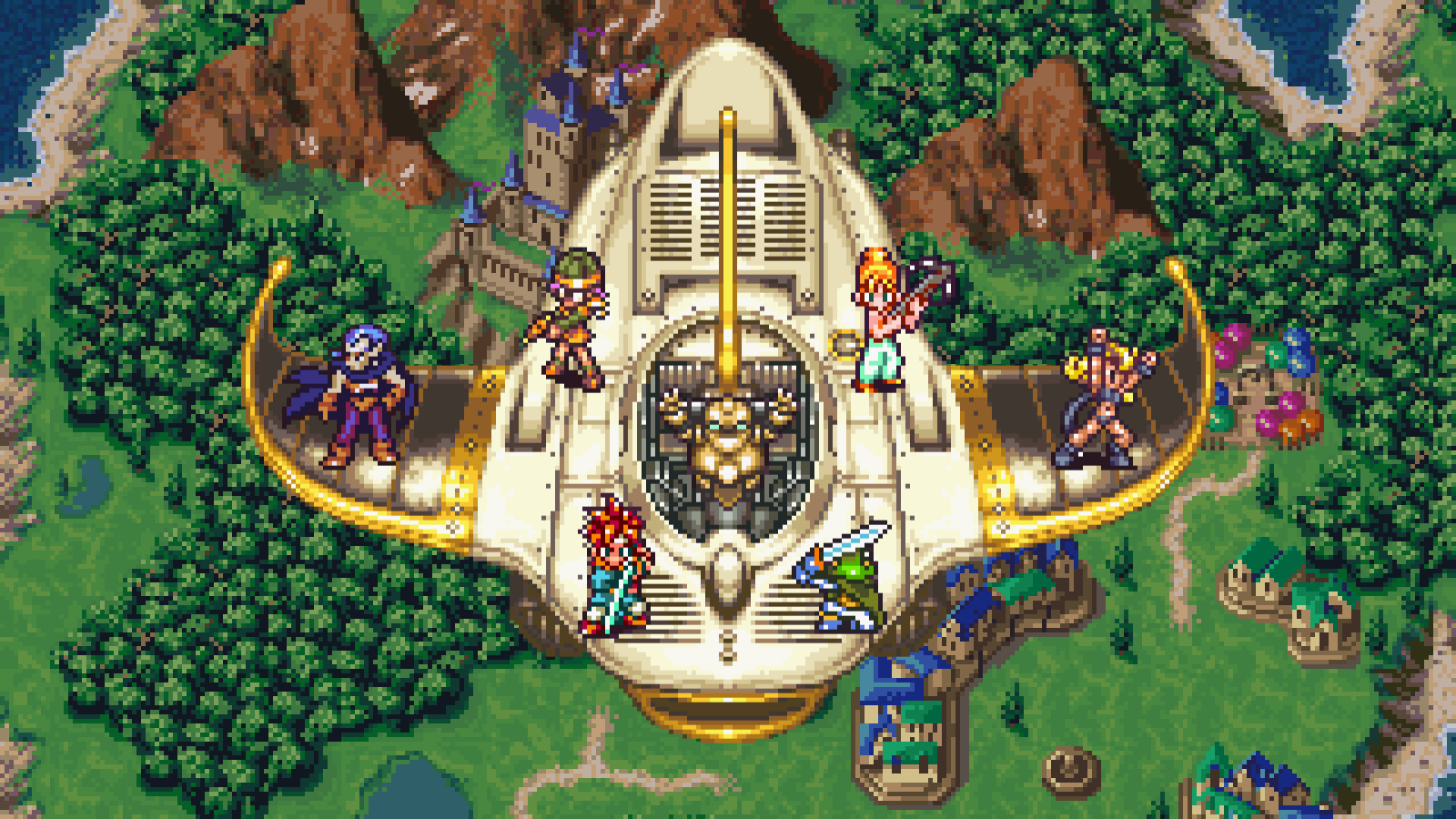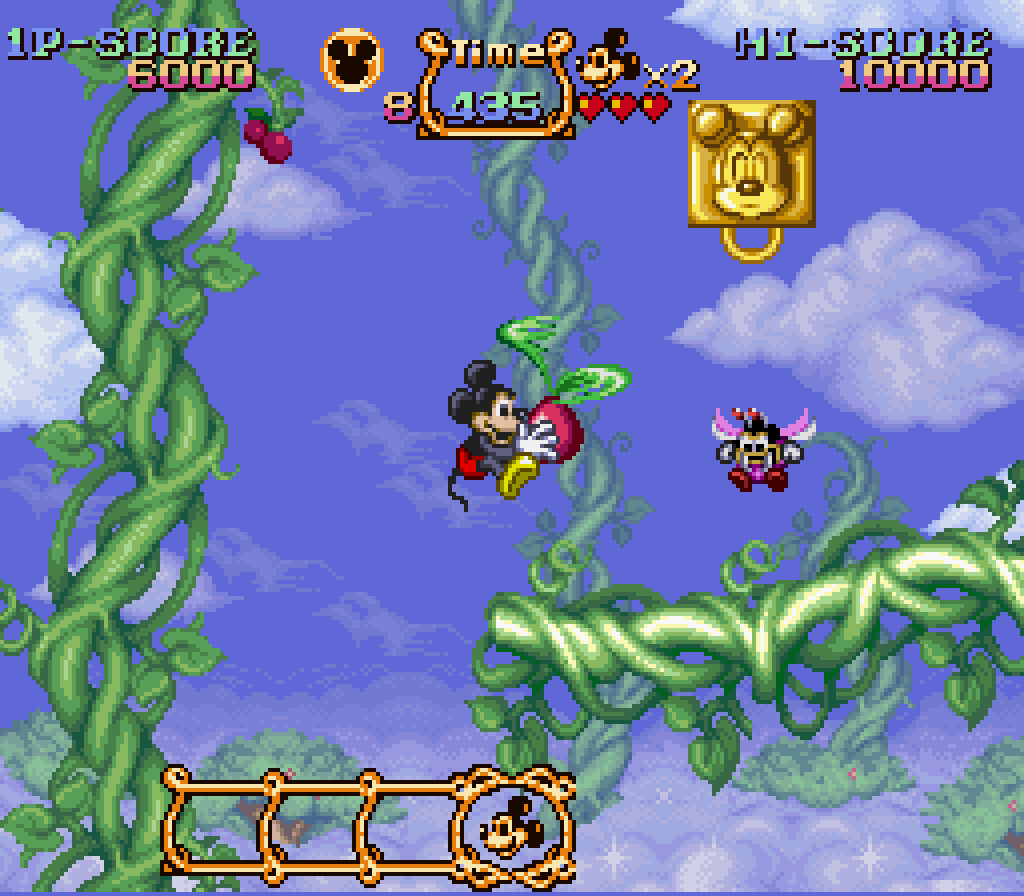There is something to be said about the collaborative effort of those who absolutely adore video games. From the trenches of World of Warcraft raids to the massively popular and successful charity streams, gamers seem to have this need to connect with others either directly in game or through that shared interest. It was out of this request for assistance that I stumbled upon the SNES Omnibus, a massive book project that would catalogue every Super Nintendo North American release.
The book is filled with concept art, cover designs, reviews, and insights on the various memories attached to these precious games. It is important to note that the SNES Omnibus is something that I contributed to, even if it is just a small amount, but it’s something that I have really enjoyed seeing come to fruition and I am eager to share it with others.
The first of two volumes has officially released, which collects games that start with A-M and with the second volume to release sometime in 2019. It was authored mostly by Brett Weiss, who has had several decades worth of experience in writing about games, their importance culturally, and what they mean to the people who play them. Weiss is joined by a large collection of people throughout the game industry such as video creators, games magazine journalists, archivists, and more. Many came together to contribute to this work, giving it a special significance to those involved and becoming a symbol of the people of gaming.
I had first discovered the project during the busiest time of my adult life so far. I had been working at Staples selling laptops and helping customers go through the repair process, while also selling games and services at GameStop as a part of their management team in the same plaza. Not only was I working these two retail jobs, but I was also a production assistant at a local television station, where I worked with a team to ensure that each newscast went well. It was the most laid back of my three jobs, but there was a lot more responsibility in regards to informing the community. Luckily, I hadn’t joined any sort of daily news reporting job. That didn’t come until I moved to Alaska in 2017, which currently eats up most of my time.
My days would start either at Staples or GameStop and then by 4pm I would head up the hill to run the news either at the cameras, audio mixer, or the graphics computer. It was a fun job as I worked with some excellent guys and even though we clashed sometimes I think we made it out as lifelong friends. This job ran from 4pm to midnight or later and I would often pick up extra shifts where I could. It was, however a split shift, giving us about three hours of downtime each day. Sometimes I would help out the GameStop or Staples crew with organizing tasks or something similar, but usually I would spend this extra time practicing my writing as a volunteer journalist for Marooners’ Rock. I always dreamed of being in the games industry, but that is easier said than done in West Virginia, where internet speeds are atrociously slow, even in the main towns. There wasn’t even cellphone service at my home for much of my life. I made up for this lack of connection by constantly doing written content when the resources were available.
While everyone at the TV station would run out to the mall, the gym, or grab a bite to eat, I almost always spent that time at the computer, writing reviews and putting out news and opinions on games. Luckily my efforts paid off (I still do work in games media on the side and my new day job in radio actually stemmed from my online portfolio) and I started to seek more ways to write about games. Sometime in the summer of 2016 or so, I found that request from Weiss and on a whim I asked if I could help.
A few private messages later and I was tasked with working on about ten games, telling some sort of story around them, or sharing a personal memory connected to whatever game I was working on. Being someone who has always loved games, various points of my life I can remember by using the games I was playing as an anchor point, giving me a fairly sharp memory. I set to the games that were left available to write about and tried to find the ones that meant the most to me and wrote about them. I worked with Weiss on nailing the tone and there were a few rejections, but eventually I got about ten good pieces ready for editing.
Again, while this was going on I worked three day jobs and still was writing for Marooners’ Rock. It was not an easy task, but I was able to power through it with my passion and energy.
Somewhere along the line I pitched a larger work to Weiss, which led to my essay on emulation. I still credit my discovery of emulation to the be the catalyst that pushed me into games journalism. I won’t spoil much of that essay, but it is found in the back of the book alongside another essay by Rusel DeMaria.
About a year or more later, the book started to be shipped out and when I finally got my copy I couldn’t be more proud of myself or my colleagues that I now stood beside in a product.
As far as the print quality goes, this tome is impressive on almost every level. The hardback cover is glossy and the pages are secured with a tight stitching. Each of the pictures are masterfully represented and they really give a good idea about the sort of love that went into these titles. The SNES Omnibus is perfect for those looking for an all-inclusive resource for that era in gaming. Of course, this doesn’t cover the Japanese market, but there are mentions here and there about notable differences. The retro gaming community also keep uncovering prototypes or lost games and those are not really represented here either. This book is all about the official releases, but even those super familiar with this library will find value.
There is a ton to read here. While some video game books will focus more on the visuals of the era, the SNES Omnibus does an excellent job at providing lots of text that is either pulled from reviews of the time or are those memories that people contributed to. It is simply amazing to see all of the names of those who helped out and see where these people come from and what they are currently into. This also makes for an incredible resource for those looking to find others that do similar work.

Donkey Kong Country 2 is another game that I wrote the insight for. It was a title that I remember struggling through, but was incredibly excited to finish on SNES and Game Boy.
All in all, the SNES Omnibus is the perfect supplement to a game collection and is a must-own for Super Nintendo fans. It makes for a stellar coffee table book and is deep enough to use for further academic development.
I am incredibly thankful to have worked on this book alongside my peers and cannot wait to see how Volume II and other works turn out. Brett Weiss is an author to keep an eye on.
Find more of Weiss’ work on his website. For more from Schiffer publishing, check out their website.
A review copy of the SNES Omnibus Vol. 1 was provided for the purpose of review. Alex was a contributing author to the book.







